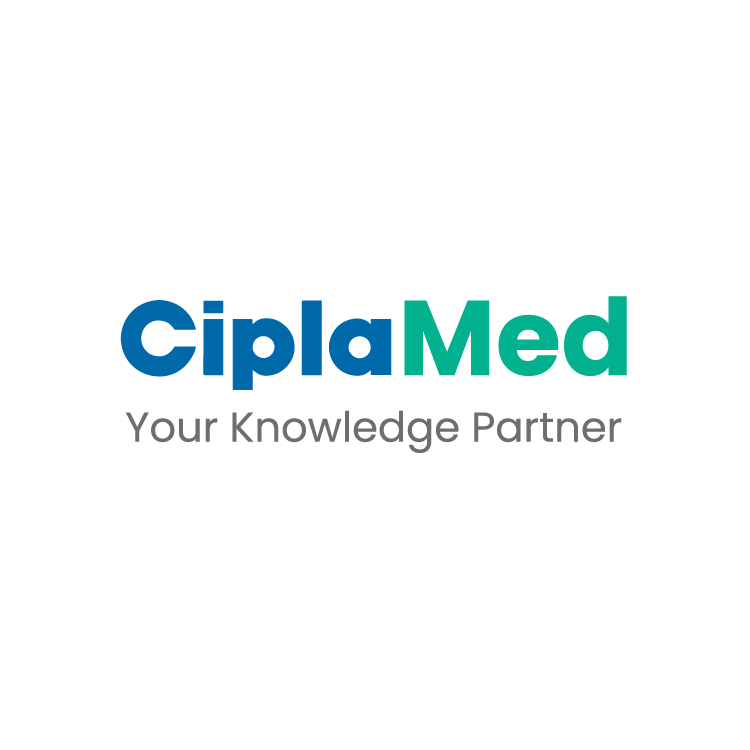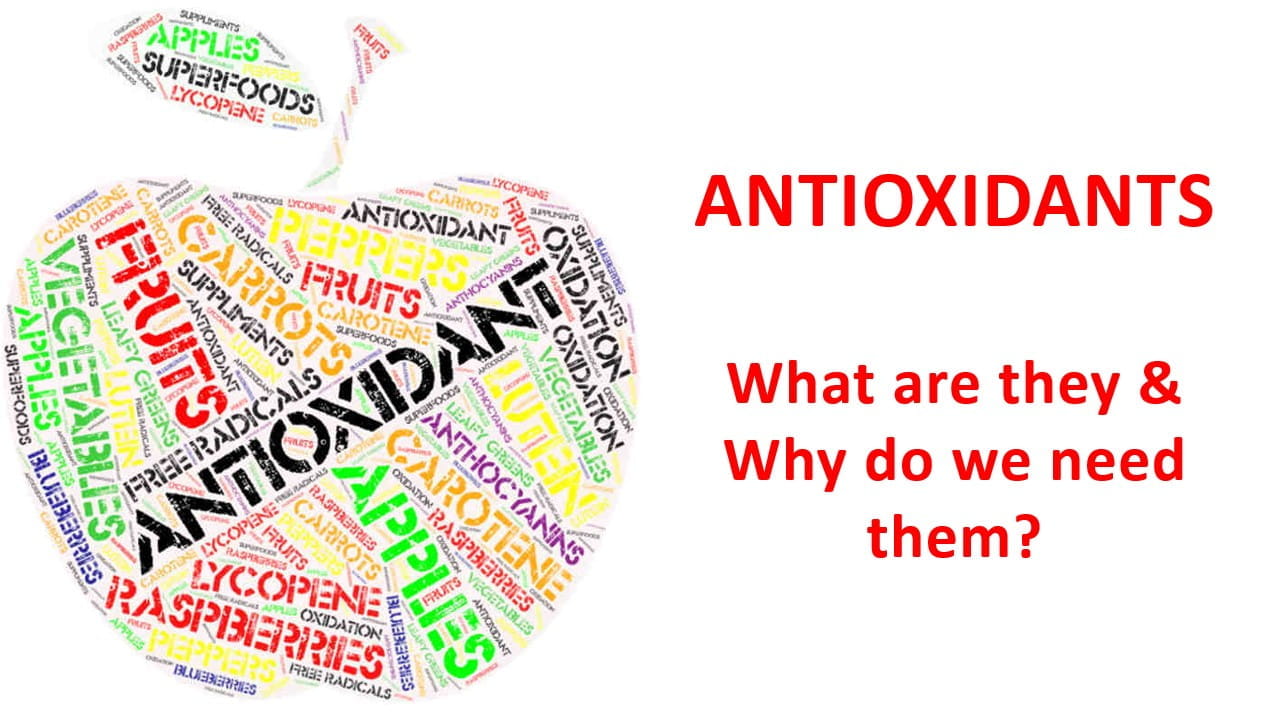Speaker- Anja Pinborg, Raoul Orvieto
Professor Orvieto developed dual and double trigger strategies involving the simultaneous administration of gonadotropin-releasing hormone agonist (GnRH agonist) and Human chorionic gonadotropin (hCG). This dual approach occurs 40 and 34 hours before Ovum Pick-Up (OPU), effectively blocking the endogenous surge of Luteinizing hormone (LH) and follicle-stimulating hormone (FSH). The longer half-life of hCG ensures the rescue of the corpus luteum, thereby maintaining luteal function during the reproductive cycle.
The antagonist protocol notably reduces LH levels post-administration, whereas the dual trigger approach, involving simultaneous administration of agonist and hCG, facilitates LH and FSH surges. Typically, a standard dose includes approximately 6,500 units of hCG and 0.2 mg of triptorelin. Randomized control trials are challenging, and meta-analyses encompassing over 1,600 patients across varied dosages and medications support this complexity. It is generally advised against using the dual trigger solely for luteal phase rescue purposes.
A meta-analysis indicated a mean difference of 0.8 in mature oocytes collected with dual triggers, yielding clinical pregnancy rates of 1.20 and an odds ratio of 1.61 for live birth. Dual triggers showed benefits for fresh embryo transfer, but no significant advantage was observed in frozen cycles lacking adequate endometrial preparation. Poor ovarian response or advanced maternal age heightened odds ratios. Among 10 studies analyzed, only 4 included live birth outcomes, with 74 participants per group. Each group comprised 200 patients to ensure sufficient sample size. A study reported a higher live birth rate per transfer in the hCG group. Further randomized controlled trials must ascertain the dual trigger's definitive impact.
In a 2022 Chinese randomized controlled trial, no significant differences in primary outcomes, including live birth rate, were found among three trigger groups, despite heterogeneity in stimulation protocols and embryo transfer decisions. A German study reported no benefit of the dual trigger in patients with high BMI or weight, underscoring the necessity for further research on live birth and BMI interventions. Conversely, a recent study led by Professor Blookeel from Brussels revealed that the dual trigger group yielded more mature and fertilized oocytes than the hCG trigger group. However, pregnancy and live birth rates were comparable between both groups. These findings contradict the 2020 European Society of Human Reproduction and Embryology (ESHRE) guideline, which advises against adding GnRH agonist to hCG as a dual trigger for final oocyte maturation in predicted normal responders.
The dual trigger is not universally suitable for all patients due to its complexity, cost, and potential discomfort. While it can be beneficial in cases of suboptimal mature oocyte response following the agonist trigger, it risks reintroducing Ovarian Hyperstimulation Syndrome (OHSS). It is generally considered appropriate for patients with hypogonadotropic hypogonadism, advanced age, or diminished ovarian reserve, although it is typically not recommended in the initial treatment cycle. Careful patient selection to identify those who may benefit and to avoid unnecessary treatment is crucial before initiating a randomized controlled trial.
The study investigates the roles of mid-cycle hormones—LH, FSH, and hCG—in ovarian development. HCG induces luteinization, corpus luteum expansion, and meiosis, with LH exerting more intensive receptor activation. Notably, hCG intensively triggers the steroidogenesis cascade, promoting cumulative follicular expansion, oocyte maturation, rupture, and subsequent luteinization. Evaluating hormone effects on granulosa cells, the study found that hCG, LH, and FSH most intensely activate downstream gene cascades, with hCG showing the least activation. LH and FSH also enhance steroidogenesis expression. Patients triggered with hCG exhibited higher rates of oocyte recovery and fertilization weight, highlighting its efficacy in clinical applications.
FSH promotes LH receptor nuclear maturation, expansion of the ovarian surface epithelium (OSE), and the dissociation of the oocyte from the follicular wall. HCG and GnRH agonists influence embryological parameters such as oocyte quantity and maturation. Combining both hCG and GnRH agonists has shown improvements in these parameters. A study conducted by the Link Group demonstrated that the dual trigger approach resulted in higher numbers of oocytes, mature oocytes, top-quality embryos, increased live birth rates, and more patients with cryopreserved embryos.
A meta-analysis of four studies did not reveal significant improvements in embryological parameters but showed a significantly higher clinical pregnancy rate. The study included normal responders up to age 41 undergoing at least three IVF (In vitro fertilization) cycle attempts, randomized to receive either hCG plus placebo or hCG plus GnRH agonists. In frozen cycles, no difference in clinical pregnancy rate was observed, potentially influenced by the effects of GnRH agonists. A case study from Israel indicated that a double trigger using GnRH agonist and hCG increased fertility rates and oocyte yield, particularly in less severe forms of final follicular maturation. This approach proved effective in patients with low oocyte retrieval per preovulatory follicle count and low recovery rates. With this double trigger, biological parameters such as mature oocytes, fertilization rates, top-quality embryos, and pregnancy rates were significantly higher. However, a double randomized controlled trial was not conducted due to technical limitations and challenges associated with the hCG trigger.
A Chinese study indicated that dual triggers enhanced immunological parameters and live birth rates in normal ovarian responders. However, it also underscored concerns for poor responders experiencing high premature luteinization. To address this issue, the dual double trigger approach was proposed, although recruiting 30 patients for this study spanned three years. Another study reported high fertilization and clinical pregnancy rates following dual triggers but did not observe significant improvements in implantation outcomes.
European Society of Human Reproduction and Embryology, July 7-10, Amsterdam, The Netherland




